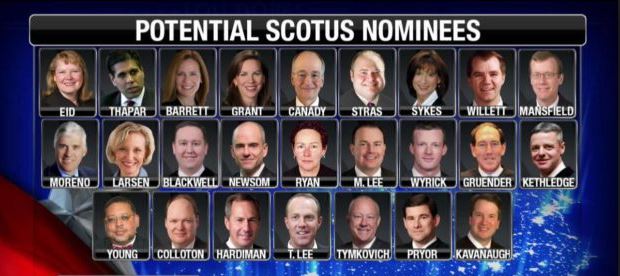By Leland Hogan, President, Utah Farm Bureau Federation
The culmination of the work of Velma Johnston, better known as “Wild Horse Annie,” was passage of the Wild Horse and Burro Act of 1971. Her goal was to protect this icon of the American West. Wild Horse Annie would be shocked and likely appalled at what has happened since 1971.
The Bureau of Land Management (BLM) has done with wild horses just like they have done with so many other aspects of their mismanagement of the western public lands. Wildfires, dead and dying forests, illegal water claims, government fraught with boondoggle and red tape are now joined by so many horses and burros overrunning and damaging the western landscape. Sadly tens of thousands of horses and burros are now living out their lives in holding pens and the federal government has no idea what to do.
So let’s take a look back and see what Annie and Congress gave us. Congress set out to protect the “wild, free-roaming horses from capture, branding, harassment or death.” But Congress also recognized a need to set limits to protect the environment, private property, livestock and wildlife. Congress charged the federal agencies with managing wild horse and burro populations to allow for a thriving and balanced natural ecosystem in consultation with state wildlife management agencies. By law, they are to maintain an inventory and make determinations where overpopulations exist and immediately remove and “humanely destroy the excess animals.”
A recent announcement from BLM underscores just how badly they have managed their stewardship and obligation under the Act. The agency recently set aside $1.5 million and announced a contest of sorts. They are seeking suggestions on
how to manage wild horse overpopulation. Contraception doesn’t work. Adoption doesn’t work. The ban on horse slaughter only exacerbates the situation.
What about the numbers and the mounting problems? More than 45,000 wild horses and burros are in holding corrals costing American taxpayers $50 – $60 million each year and our federal government is broke! Adoption is failing miserably. In 2012 only 2,700 animals were adopted, highlighting problems with the onerous adoption requirements and the escalating cost of owning one. The U.S. ban on horse slaughter has made the export of this meat protein to countries and cultures that consume horse meat illegal, driving down the value of horses and driving up the numbers of horses being abandoned on federal lands. The Appropriate Management Levels estimated at about 29,000 across the western landscape are conveniently fudged upwards by the federal agencies, but it still doesn’t cover the more than 40,000 animals on the western rangelands – mostly in Nevada, Utah and Colorado.
Someone needs to sound the alarm! As livestock grazing permittees, private landowners and the federal government grapple with the politics and realities of the Wild Horse and Burro Act, animal scientists tell us the wild horse population can double every four years.
Because the federal government is not meeting its obligations under the Act, the Nevada Farm Bureau and Nevada Association of Counties sued BLM. In some areas, reports show horse populations are more than 600 percent over what the area can support.
It’s important to recognize these horses are not the iconic Spanish blood wild horses of western lore. They are mostly abandoned, broken down feral horses that have not been managed properly by the federal government at the expense of western communities, families and businesses.
Farm Bureau has met with Utah ranchers affected by the out of control wild horse numbers. Livelihoods and generations-old family ranching operations are at stake. Forage allocated to livestock under multiple use mandates is being illegally taken. Wild horses are competing with livestock for privately owned water. The potential lack of forage because of increasing horse numbers has the BLM asking ranchers with livestock grazing permits to “consider adjustments” for the coming grazing season, basically seeking voluntary reductions with no realistic options for ranchers. The Color Country BLM District Office has even told ranchers and county commissioners recently that they currently “have no means to adjust horse numbers back
to Appropriate Management Levels.”
Utah Farm Bureau is working with local ranchers to determine what the best course of action is to protect their grazing and water rights on federal lands. Ranchers running sheep and cattle on federal grazing allotments are expected to comply with BLM resource management plans, otherwise suffer the regulatory consequences. It’s ironic the federal government that has for decades ignored their obligations under the Wild Horse and Burro Act is now telling ranchers they can’t do anything about it.




